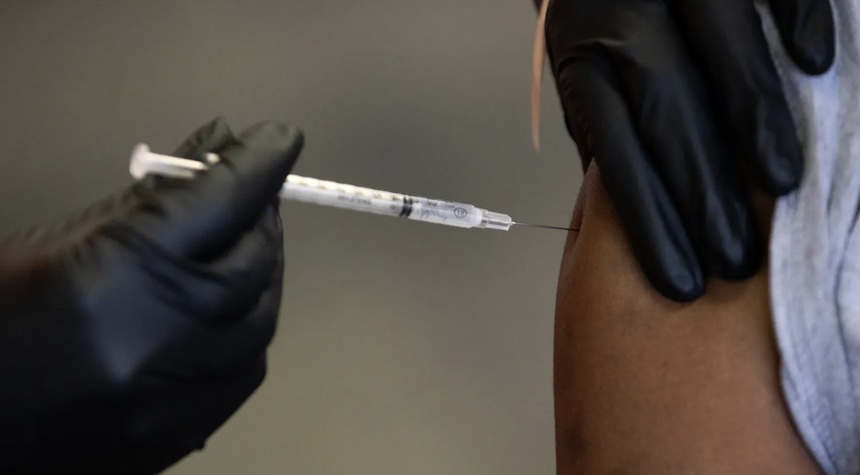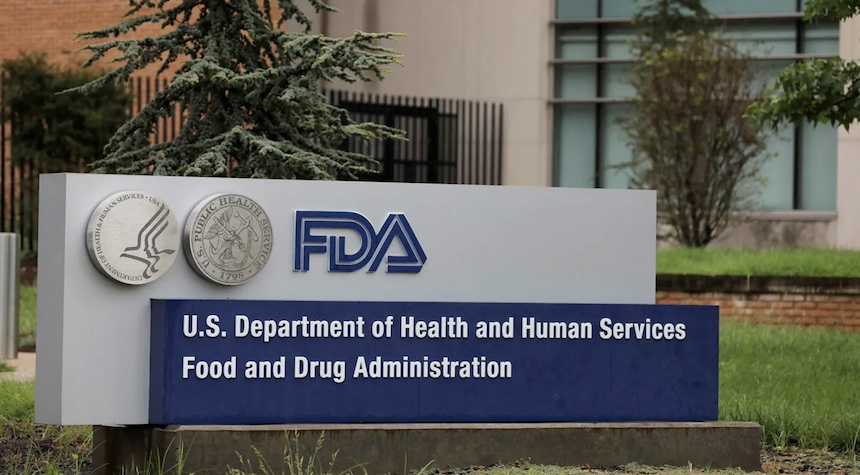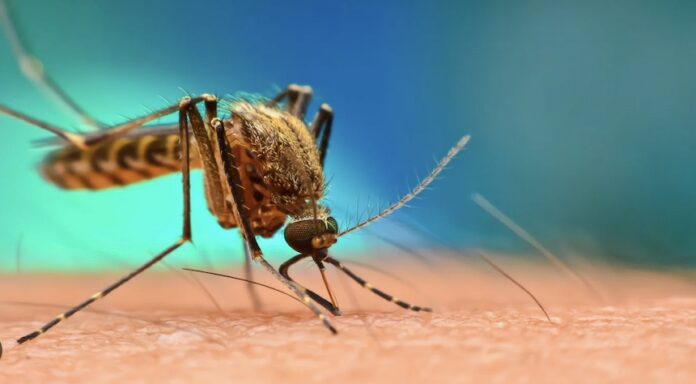The U.S. Food and Drug Administration announced Thursday that it had approved Ixchiq as the first chikungunya vaccination.
The Valneva vaccine is recommended for people over 18 years of age who are at risk of exposure to the virus.
Chikungunya is spread to humans by mosquitoes infected with the virus.
“This virus is similar to dengue or Zika, and is transmitted by the same mosquitoes,” said Dr. Marc Siegel of NYU Langone’s Langone Medical Center.

At least five million cases of chikungunya have been reported in the last 15 years, according to the FDA.
In a Thursday press release, Peter Marks, MD, PhD, Director of the FDA Center for Biologics Evaluation and Research said that chikungunya infection can cause severe illness and long-term health problems. This is especially true for older adults and those with medical conditions.
He added, “Today’s decision addresses a medical need unmet and represents an important advance in the prevention of an illness with limited treatment options, which can be debilitating.”

Before FDA approval, the safety of the vaccine was tested in clinical studies that included 3,500 adult participants.
As side effects, participants most commonly reported nausea, headaches, muscle pain, joint pain, and fatigue.
According to the FDA, a small percentage of recipients (1,6%) experienced adverse reactions. Two of these recipients required hospitalization.
In a separate trial, the efficacy of the vaccine was assessed based on data from 266 adult participants.

It was shown that almost all of them had protective antibody levels.
Chikungunya Symptoms
According to the Centers for Disease Control and Prevention, fever and joint pain are the most common symptoms. Some people may also experience headache, muscle pain or joint swelling.
Symptoms typically begin three to seven days following transmission.
The majority of people who get the virus recover within a week.
Rarely, the virus may cause severe joint pain that lasts for a long time.

According to the CDC, those at greatest risk of adverse health effects are older adults, newborns infected at birth, and people with diabetes, heart disease, or high blood pressure.
The virus is very rare.
Location of Outbreaks
The FDA released a statement that stated the prevalence of mosquitoes carrying chikungunya in Africa, Southeast Asia, and certain parts of North America.
Before 2013, the majority of cases of chikungunya were documented in Africa and Asia.
The CDC reported that in late 2013, local cases began to appear in Caribbean countries. This led to the spread of the virus throughout the Americas.

Treatment and Prevention
Blood tests can be used to confirm the presence or absence of Chikungunya and other viruses similar to it in those who are exposed and show symptoms.
According to the CDC, people who are infected with symptoms and have a fever should rest, drink plenty of fluids, and take medications such as acetaminophen and paracetamol to reduce their fever.
Travelers to areas where the virus is common can reduce their risk of contracting it by wearing long sleeves and pants and staying inside or in screened-in areas.
Siegel stated that the vaccine, which he considers “safe and efficacious”, contains a live weakened virus vaccine.
He said, “It is not for the immunocompromised but is for those who are at high risk of severe chikungunya cases.”
The doctor continued, “The vaccine was fast-tracked. For me, that means I’d give it first to those at greatest risk, and then watch post-marketing studies in the coming year.”


